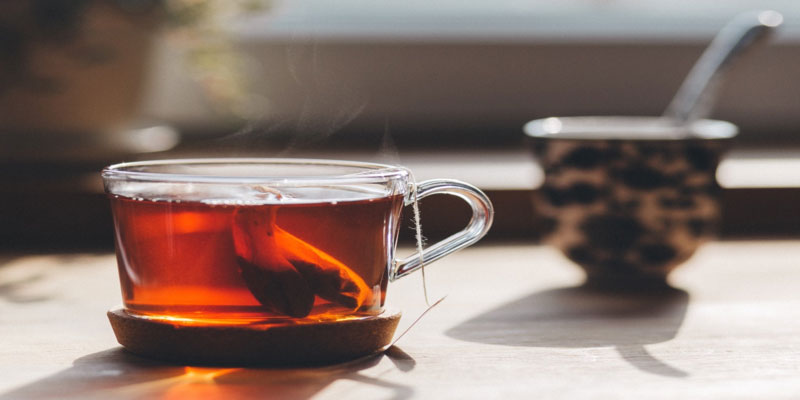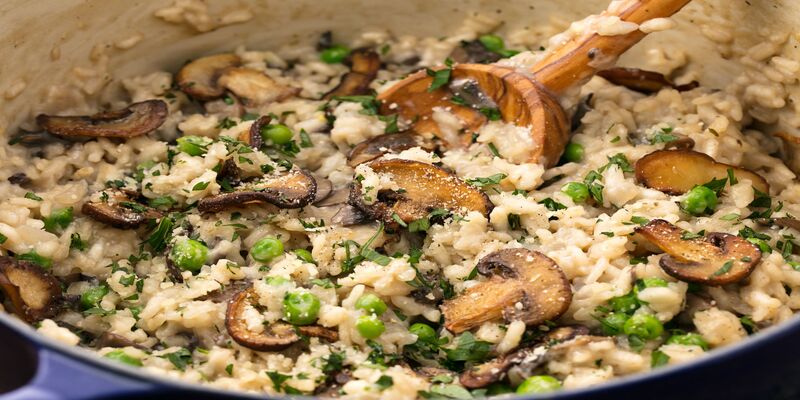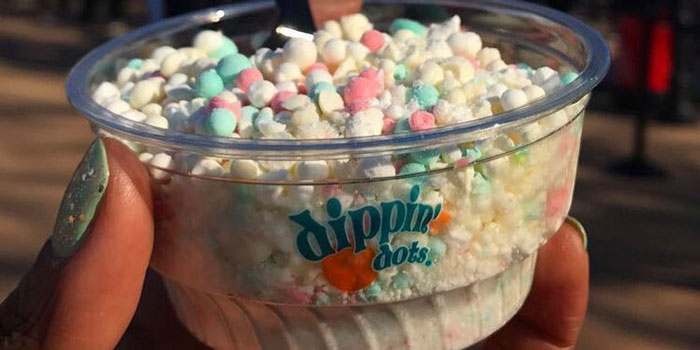There is a good chance that you have had Indian tea at some point in your life if you have ever spent any time in England or Ireland, the two nations with the highest per capita consumption of tea in the World. But the Indian subcontinent isn't only about Tetley and Twinings tea bags. In this article, we explore the rich history of tea in India and learn the truth about where chai came from in myth and mythology.
Ancient India and Trade Cities: Pre-colonial Tea Consumption
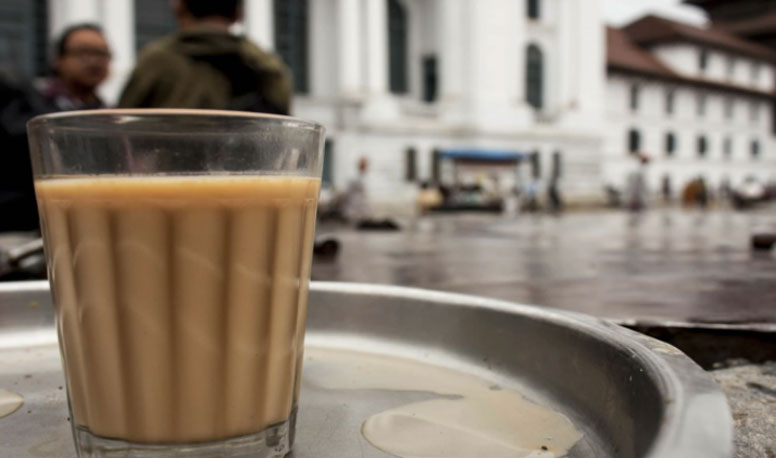
Even though drinking tea is relatively new, it has ancient roots in India. Assam, a state in northeast India, is known for its wild tea. The Singpho and other indigenous populations began drinking this fantastic tea regularly in the 12th century for its purported medicinal properties and, presumably, its caffeine content.
It was commonly prepared by smoking bundles of bamboo cane containing dried, roasted tea leaves. The Singpho still use this method of consuming tea, slicing off pieces of a smoked club packed with tea as needed.
British Rule Boosted Indian Tea Production
Due to the war between Britain and China, industrial tea manufacturing was launched in India. Food historian Erika Rappaport writes in her book A Thirst for Empire: How Tea Shaped the Modern World that "even as the British and Chinese increasingly considered each other as barbarians, the British could no longer exist without tea."
Amid escalating tensions with China, the British had to find a new supply of tea when the country suddenly cut off trade. The British stretched their colonial sphere of influence into Assam to clear the jungle for tea plantations since they had discovered that the Assamese grew their indigenous form of tea.
New Styles, Tea Cabins, and Parsi Cafes in Early Indian Tea Drinking
However, beginning in the early 1900s, Indian tea-drinking culture began to shift, despite the controversies surrounding tea's manufacture. As a result of the global economic downturn, tea merchants found a surplus of products they could only sell inside.
As a result, they turned their attention inside, initiating advertising efforts aimed primarily at India's middle and upper classes. Early tea packaging attempted to counteract unfavorable perceptions of tea plantations by depicting serene, picturesque tea gardens, much like the images of vast pastures used to market today's factory-farmed meats.
The 1930s' Massive Advertising Effort
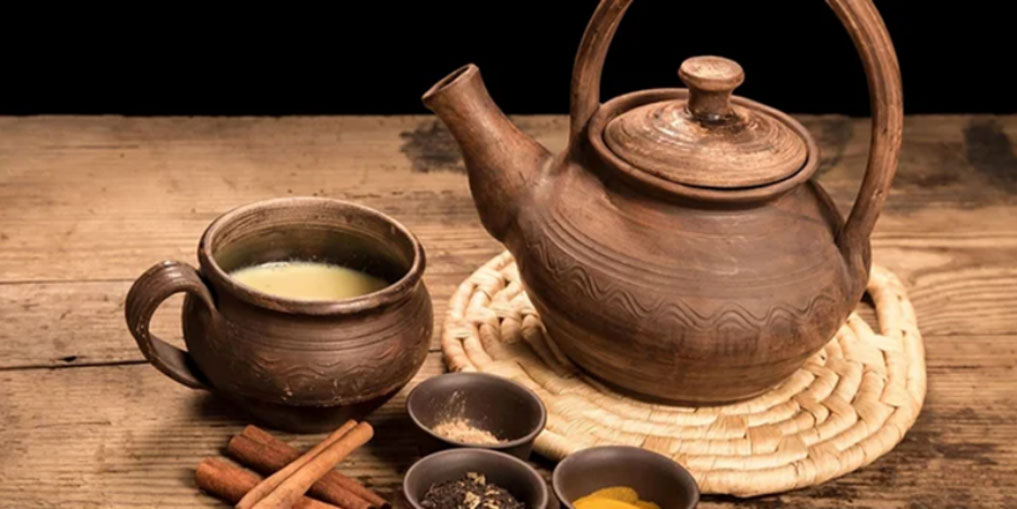
Tea's value fell during the Great Depression of the 1930s, even as Indian plantations increased their output to new heights. To combat this decline, tea boards in India have begun a massive advertising effort. This was not a campaign directed at a particular socioeconomic group or gender; instead, it was an all-inclusive effort to increase tea consumption among all customers across the country.
Tea was pushed by itinerant salespeople at every possible location, from urban train stations and workplaces to rural farm stands. They gave out free sample cups of tea and handed out single-use sachets during public demonstrations.
Promoters urged factory and office managers to provide tea breaks for their employees, promising more productivity. The ads portrayed tea as a virtuous and valuable substitute for booze that would boost energy and improve one's outlook on life.
The Role of Tea In The War for Independence
The growing popularity of India's independence struggles complicated tea's public image. The people of India began to get tired of British rule in the 1930s and 1940s. In his advocacy for the Swadeshi Movement, Mahatma Gandhi openly criticized the tea plantation system for exploiting low-wage, indentured workers.
Many tea workers were on strike or quitting their jobs altogether. Similarly, Gandhi criticized the advertising industry for encouraging people to consume harmful amounts of tea.
He cautioned that because "strong tea is poison," great care must be used while designing ads for the beverage. Despite the negative feedback, advertisers began using tea as part of a nationalist campaign for Indian independence.
The Rise of Tea Consumption Abroad and in Independent India
The years immediately after independence saw a surge in tea consumption as new processing methods lowered the cost per cup. Crushing, tearing, and curling the tea leaves into homogeneous granules was essential to this procedure.
CTC tea has a far higher yield per unit weight than non-CTC processed tea because of its high surface area during processing. CTC processing dates back to the 1930s. Still, in the late 1950s, a Bengali engineer rethought the machinery involved to make it suitable for mass production in an industrial setting.
Many Indian machine shops copied his design, and soon CTC tea was widely available. Tea's status as India's most popular drink was solidified in the 1950s and '60s when plentiful supplies of cheap CTC tea prompted an increase in roadside tea vendors and home use.
